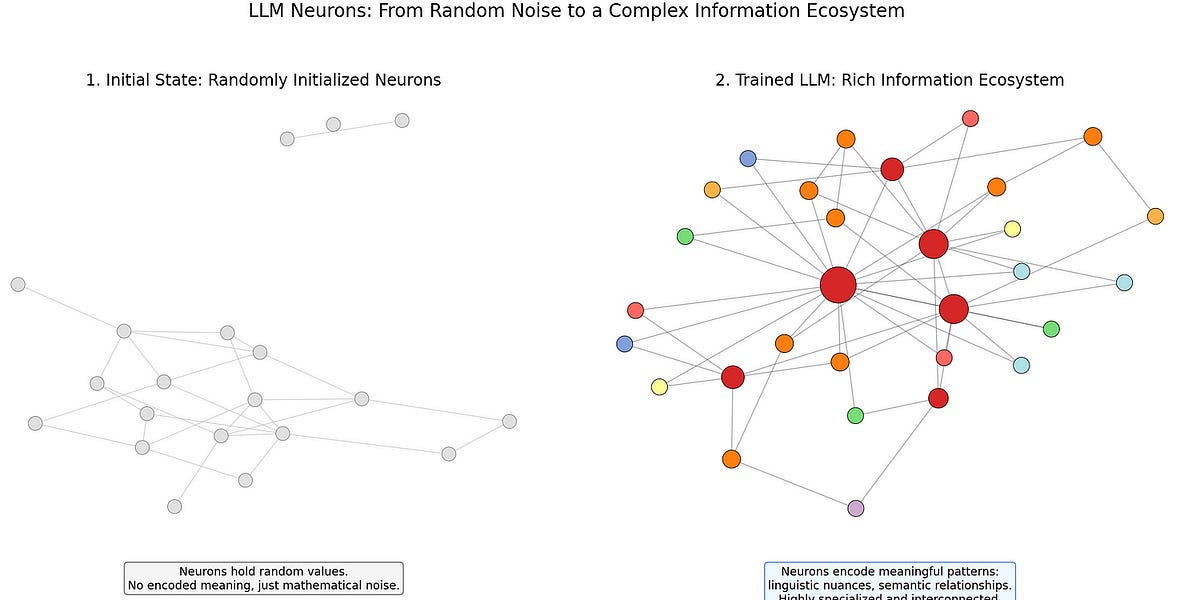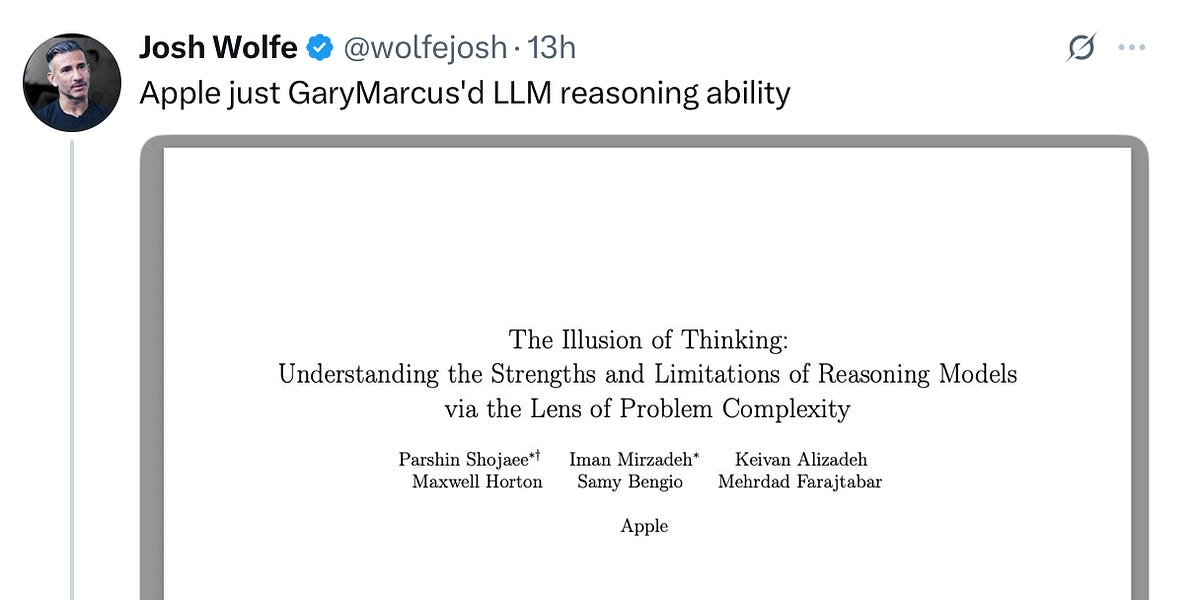AlphaWrite: Evolutionary Algorithm Boosts AI Storytelling
AlphaWrite is a novel framework for scaling inference-time compute in creative text generation. Inspired by evolutionary algorithms, it iteratively generates and evaluates stories, improving narrative quality through a competitive, evolving ecosystem. Unlike single-shot generation or simple resampling, AlphaWrite allows stories to compete and improve over multiple generations. The research demonstrates significant improvements in story quality using Llama 3.1 8B, further enhanced through a recursive self-improvement loop by distilling improved outputs back into the base model. This opens exciting new avenues for advancing AI writing capabilities.























